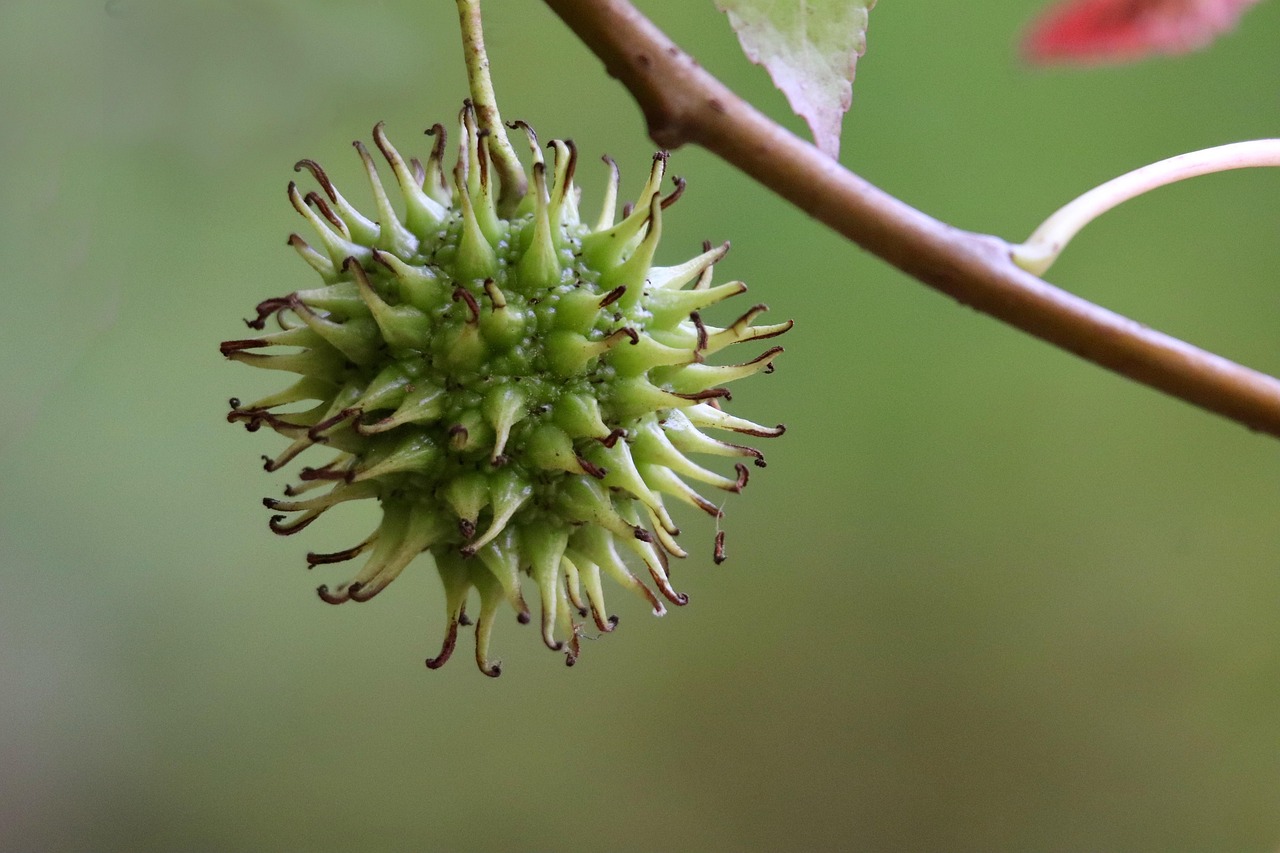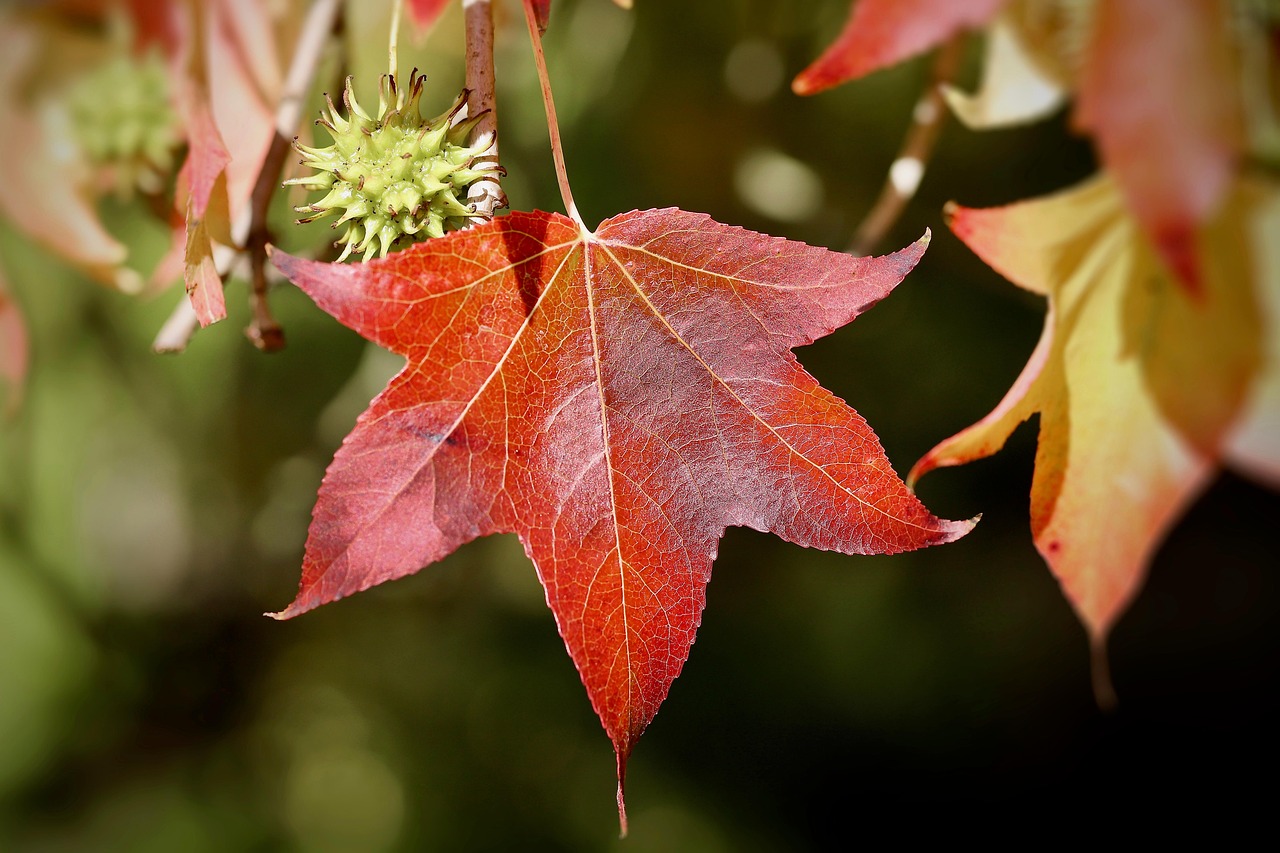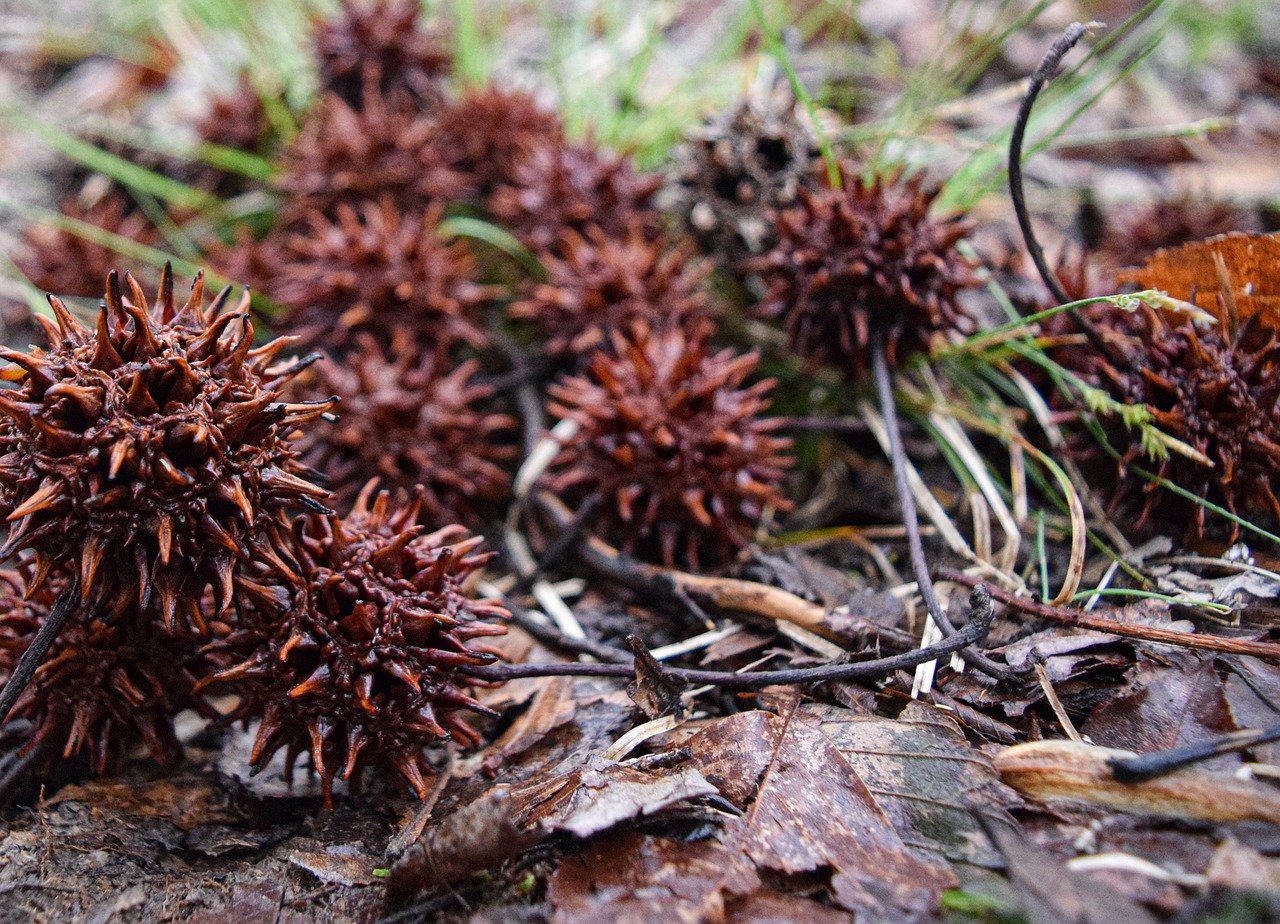Sweetgum lumber is generally considered to be of good quality for building. It is durable, versatile, and offers an attractive appearance, making it suitable for various applications in construction and furniture making.
Introduction to Sweetgum Lumber

Sweetgum (Liquidambar styraciflua) is a deciduous tree native to the southeastern United States. It is known for its unique star-shaped leaves and distinctive spiky fruit. The wood produced by sweetgum trees has been utilized for centuries in various construction and woodworking projects. Known for its versatility, sweetgum lumber can be used in both structural and aesthetic applications.
The lumber itself has a reddish-brown hue, which can range from light to dark shades. It also features a straight grain with occasional interlocking patterns, providing an appealing visual texture. Sweetgum wood has a fine, even texture that accepts stains and finishes well, making it a popular choice for furniture, cabinetry, and decorative items.
Physical Properties of Sweetgum Lumber
Understanding the physical properties of sweetgum lumber is essential when considering it for building purposes. Below are some key attributes:
| Property | Value |
|---|---|
| Density | About 38-44 lbs per cubic foot |
| Moisture Content | Typically around 12-15% |
| Hardness (Janka) | Approximately 850 lbf |
| Screw Holding Ability | Good |
| Workability | Easy to work with hand and power tools |
The density of sweetgum wood makes it relatively strong for its weight. Its Janka hardness rating indicates that while it is not as hard as oak or maple, it is still durable enough for various uses. This strength combined with its moderate weight allows for easier handling during construction.
Uses of Sweetgum Lumber
Sweetgum lumber has a wide range of applications in both residential and commercial construction. Some common uses include:
- Furniture: Sweetgum is often used to create tables, chairs, and cabinetry due to its attractive appearance and ease of finishing.
- Flooring: Its durability and aesthetic qualities make it suitable for hardwood flooring options.
- Millwork: Sweetgum is used in moldings, trims, and other interior details.
- Musical Instruments: The wood’s acoustic properties allow it to be used in crafting instruments like guitars.
- Construction: Sweetgum lumber can be used in framing and structural applications when treated properly.
The lumber’s versatility allows builders and craftsmen to utilize it in various ways. Its ability to accept stains and finishes further enhances its appeal for aesthetic applications. However, potential users should consider that sweetgum can be susceptible to certain pests and environmental factors if not properly treated.
Strengths and Weaknesses of Sweetgum Lumber
Every type of lumber has its strengths and weaknesses. Sweetgum is no exception. Here are some key points to consider:
Strengths:
- Attractive appearance with a unique grain pattern.
- Good workability with tools.
- Moderate cost compared to other hardwoods.
- Versatile applications.
Weaknesses:
- Sensitivity to moisture changes can lead to warping.
- May require treatment against pests.
- Less durable than some hardwoods like oak or maple.
Evaluating these strengths and weaknesses helps in determining whether sweetgum lumber is the right choice for specific building projects. By understanding its characteristics, builders can make informed decisions when selecting materials.
Applications of Sweetgum Lumber in Construction
Sweetgum lumber is recognized for its versatility and can be utilized in various construction applications. Its unique characteristics make it suitable for both structural and decorative uses. Below are several common applications where sweetgum lumber shines:
Furniture Making
One of the most popular uses of sweetgum lumber is in the manufacture of furniture. The wood’s attractive grain and ability to take stains well make it a favored choice among craftsmen. Common furniture pieces made from sweetgum include:
- Dining tables
- Chairs
- Cabinets
- Desks
- Bed frames
Furniture made from sweetgum is not only aesthetically pleasing but also durable when properly cared for. Its moderate hardness allows for intricate designs without compromising strength, making it suitable for both contemporary and traditional styles.
Interior Millwork
In addition to furniture, sweetgum lumber is frequently used in interior millwork. This includes:
- Moldings and trim
- Door frames
- Window casings
- Paneling
The fine texture of sweetgum allows it to be easily milled into detailed designs. Homeowners and builders often choose sweetgum for its ability to bring warmth and character to interior spaces.
Flooring Solutions
Sweetgum lumber can also be an excellent choice for flooring. Its durability and appealing appearance make it suitable for residential and commercial spaces. Some benefits of using sweetgum for flooring include:
- Good resistance to wear and tear
- Wide range of color options when stained
- Comfort underfoot due to its moderate density
When properly finished, sweetgum flooring can enhance the beauty of any room while providing a long-lasting surface.
Environmental Considerations

When choosing sweetgum lumber, it’s essential to consider the environmental impact. The sustainability of wood sources is becoming increasingly important in today’s market. Fortunately, sweetgum is often harvested from sustainably managed forests, promoting responsible forestry practices.
Some key points regarding the environmental aspects of sweetgum lumber include:
- Renewable Resource: As a naturally occurring species, sweetgum trees can be replanted and cultivated, making them a renewable resource.
- Carbon Sequestration: Trees absorb carbon dioxide from the atmosphere, helping to mitigate climate change.
- Biodiversity Support: Sweetgum forests provide habitat for various wildlife species, contributing to ecological balance.
Choosing sustainably sourced sweetgum lumber supports responsible harvesting practices and helps protect forest ecosystems.
Caring for Sweetgum Lumber
To maximize the lifespan of sweetgum lumber, proper care and maintenance are crucial. Here are some tips to ensure that sweetgum products remain in excellent condition:
Preventing Moisture Damage
Due to its sensitivity to moisture changes, it is vital to keep sweetgum lumber in a stable environment. Consider the following:
- Avoid placing sweetgum items in areas with high humidity or direct moisture exposure.
- Use dehumidifiers in damp environments to maintain optimal humidity levels.
- Regularly check for signs of moisture damage or warping.
Regular Cleaning and Maintenance
Cleansing your sweetgum furniture and fixtures regularly will help preserve their beauty. Follow these steps:
- Dust surfaces with a soft cloth to prevent buildup.
- Use a mild soap solution for deeper cleaning, ensuring to dry thoroughly afterward.
- Avoid harsh chemicals that could damage the finish.
By taking these steps, you can extend the life of your sweetgum lumber products and keep them looking beautiful for years to come.
2>Comparing Sweetgum Lumber to Other Hardwoods
When considering sweetgum lumber for building projects, it is essential to compare its properties with other commonly used hardwoods. This comparison can help builders and craftsmen make informed decisions based on their specific needs and preferences. Oak is one of the most popular hardwoods used in construction. Here are some contrasts between sweetgum and oak: Maple is another widely used hardwood, valued for its strength and fine texture. Here’s how sweetgum compares to maple: Cherry wood is known for its rich color and smooth finish. A comparison between sweetgum and cherry reveals the following: The economic implications of using sweetgum lumber are significant for builders and manufacturers alike. Understanding the financial aspects can aid in decision-making processes regarding materials. Sweetgum lumber is typically more affordable than many other hardwoods like oak or cherry. This cost-effectiveness can be beneficial for various projects, especially when large quantities are required: Sourcing sweetgum lumber from local suppliers can have positive economic effects. Here are some benefits: The future of sweetgum lumber in building projects looks promising due to its adaptability and sustainable attributes. As environmental concerns grow, the demand for responsibly sourced woods is likely to increase. Here are some trends that might impact the use of sweetgum lumber moving forward: The combination of affordability, aesthetic appeal, and sustainability makes sweetgum lumber an attractive choice as trends evolve in the construction industry. By embracing these changes, builders can continue to leverage the advantages that sweetgum offers in building projects. As the co nstruction industry continues to evolve, several additional factors may influence the use of sweetgum lumber in building projects. These considerations range from technological advancements to shifts in consumer preferences: Innovations in wood treatment and preservation are crucial for enhancing the longevity and durability of sweetgum lumber. The introduction of environmentally friendly preservatives can help protect against pests and moisture without compromising the wood’s natural qualities. The growing trend towards natural and organic materials in construction and design has led to a renewed interest in hardwoods like sweetgum. Consumers are increasingly seeking materials that not only look good but are also sustainable and environmentally friendly. As regulations around sustainability tighten, builders may be encouraged or required to use sustainably sourced materials. Sweetgum lumber can meet these standards, providing an opportunity for builders to align with regulatory expectations while appealing to environmentally conscious consumers. In summary, sweetgum lumber is a quality material that offers a blend of beauty, versatility, and sustainability for building projects. Its unique properties make it suitable for a range of applications, from furniture to flooring and interior millwork. While it has some limitations compared to harder woods like oak and maple, its affordability and attractive appearance make it a compelling choice for many builders and homeowners. The growing focus on sustainability and eco-friendly practices positions sweetgum lumber favorably in the evolving construction landscape. As advancements in wood treatment technologies emerge, sweetgum’s durability and resistance to environmental factors will likely improve, enhancing its appeal even further. Ultimately, whether for residential or commercial use, sweetgum lumber is a valuable resource that can meet the demands of modern construction while supporting local economies and sustainable forestry practices. By considering sweetgum as an option, builders can create beautiful, functional spaces that resonate with both aesthetic and environmental values.
Sweetgum vs. Oak
Sweetgum vs. Maple
Sweetgum vs. Cherry
The Economic Impact of Using Sweetgum Lumber
Cost-Effectiveness
Supporting Local Economies
The Future of Sweetgum Lumber in Building
Future Considerations for Sweetgum Lumber

Technological Advancements in Wood Preservation
Consumer Preferences Shifting Towards Natural Materials
Building Regulations and Sustainability Standards
Final Thoughts
